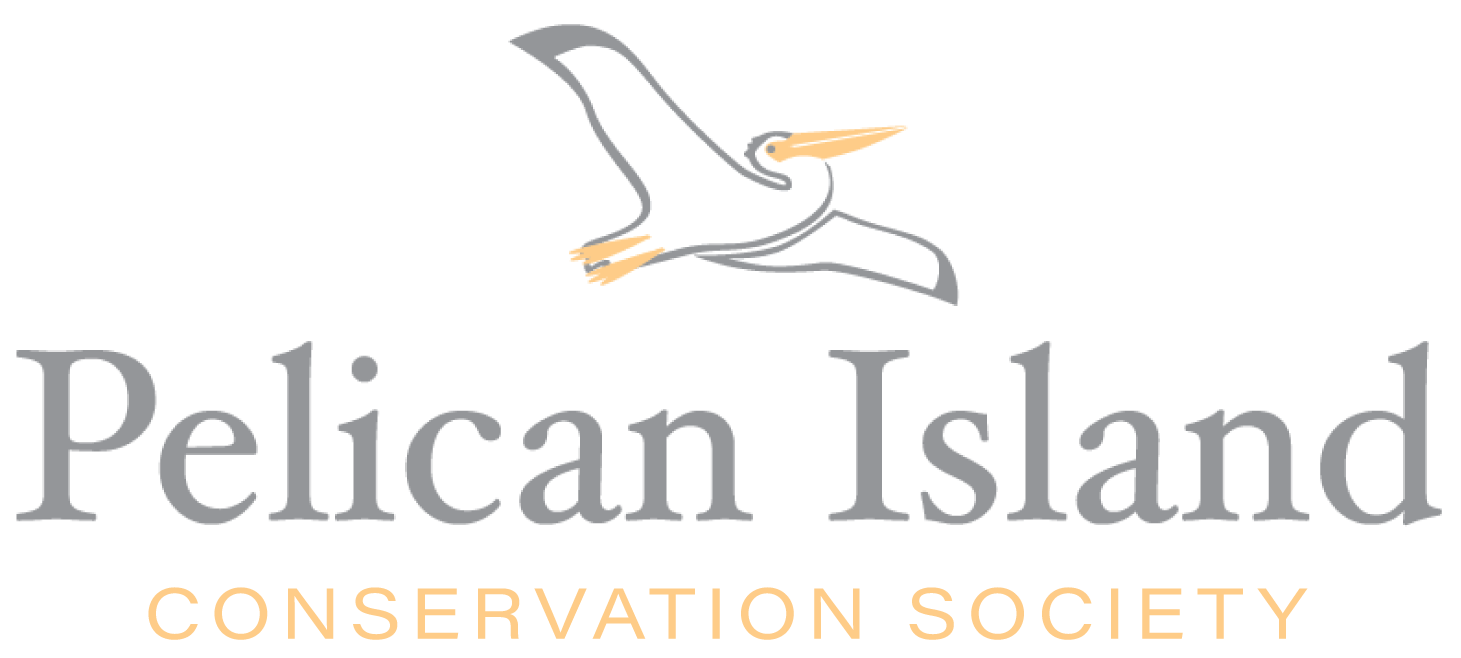Photo: Debbie Avery
Pelican Island National Wildlife Refuge was established in 1903 and is located within the Indian River Lagoon, the most biological diverse estuary in the United States.
The waters and wetlands of PINWR (Pelican Island National Wildlife Refuge) form a complex ecological system supporting hundreds of species of birds, fish, plants, and mammals. A dozen federally listed threatened and endangered species live here, including the endangered West Indian Manatee, roseate tern, piping plover, wood stork, green sea turtle, Kemp’s ridley sea turtle, and hawksbill sea turtle. Species listed as threatened include the loggerhead sea turtle, Atlantic salt march snake, eastern indigo snake, southern bald eagle, and Arctic peregrine falcon. Other common wildlife includes the raccoon, bobcat, osprey, ground doves, river otter, opossum, and many varieties of neotropical and resident songbirds.
Pelican Island National Wildlife Refuge is located within the Indian River Lagoon, the most biologically diverse estuary in the United States. Situated on Florida’s central eastern coast, the Indian River Lagoon stretches 156 miles and is connected to the Atlantic Ocean by six inlets that run through a barrier island. The lagoon provides habitat for more than 2,200 animal species and 2,100 plant species, including 700 species of fish, 310 species of birds, and 36 endangered species. Due to its location along the Atlantic flyway, the refuge has the most diverse bird population in North America.
Pelican Island NWR also provides habitat for the endangered manatee, contains large parcels of Florida’s east coast mangrove forests and salt marshes and is home to some of the healthiest sea grass beds in the Indian River Lagoon. The Archie Carr National Wildlife Refuge, most important sea turtle nesting beaches in the western hemisphere, is co-managed by the Pelican Island Refuge Complex.
Sierra Club
Unique Purpose of the National Wildlife Refuge System
The National Wildlife Refuge System lands and waters serve a purpose distinct from that of other U.S. public lands: Wildlife conservation drives everything on national wildlife refuges, from the purposes for which each refuge was established, to the recreational activities offered, to the resource management tools used. You may visit https://www.fws.gov/refuges/about to learn more about what makes the refuge system special and its mission.
Get a view of Pelican Island on the Refuge's webcam at http://pelicanislandwebcam.com.
You may view a series of informational "QR Code" videos, produced by the Pelican Island Audubon Society, by visiting their website here. These videos are also accessible on mobile devices by scanning the QR codes on information signs posted at the Refuge.


